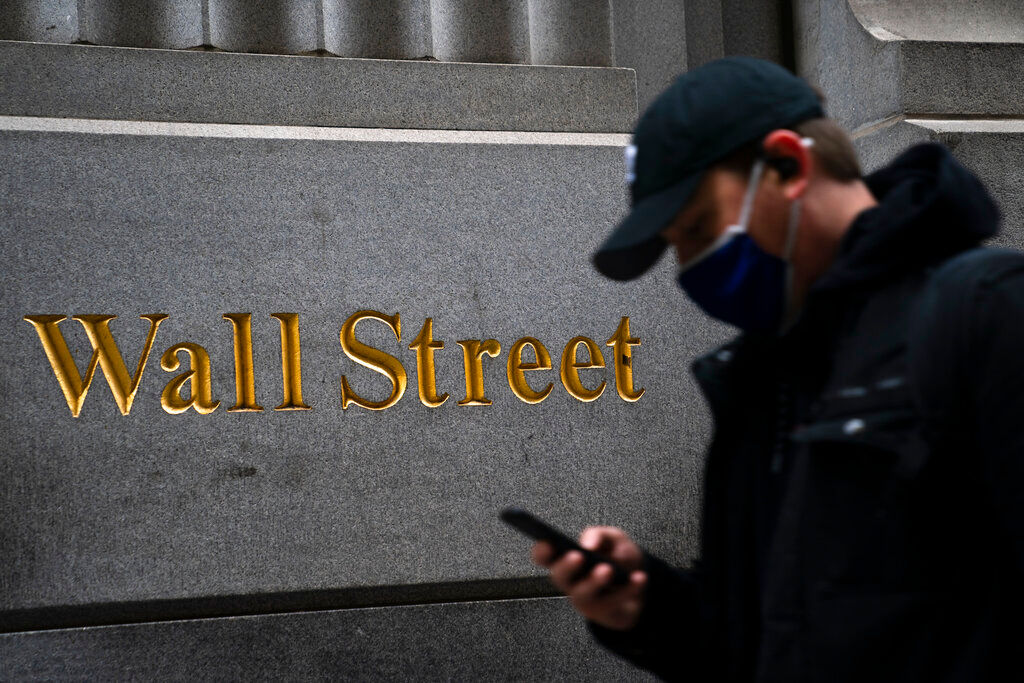Stocks fell more on Wall Street on Thursday, as the market finished its worst quarter since the pandemic began in early 2020.
The S&P 500 lost 0.9% for the fourth time in a row. The benchmark index is currently down 21% from its all-time high at the start of the year. It entered a bear market in early June.
Also Read| US Stock Market: DJIA, S&P500 and Nasdaq turns red in early trade on Thursday
Overall, the performance of the S&P 500 in the first half of 2022 was the weakest since the first six months of 1970.
The market’s rapid slide this year has almost completely erased its gains from 2021 when it recovered from its previous bear market in early 2020.
Also Read| US Premarket: Walgreens, Xerox, BioNTech and other stocks making biggest moves
Rising inflation has been behind much of the slump for the broader market this year as businesses raise prices on everything from food to clothing and consumers are squeezed tighter. Inflation remains stubbornly hot, according to a series of recent economic updates.
Also Read| Crypto tax: All you need to know about 1% TDS that will be charged from July 1
The S&P 500 fell 33.45 points to 3,785.38 Thursday. It lost 16.4% in the April-June quarter, its biggest quarterly decline since it slumped 20% in the first three months of 2020, when the pandemic upended the global economy in a matter of weeks.
The Dow Jones Industrial Average fell 253.88 points, or 0.8%, to 30,775.43. The Nasdaq slid 149.16 points, or 1.3%, to 11,028.74.
Small-company stocks also fell. The Russell 2000 lost 11.38 points, or 0.7%, to 1,707.99.
Also Read| Coca-Cola loses bid to revoke Indian soft drink trademarks in US
The yield on the 10-year Treasury, which helps set mortgage rates, fell to 3.01% from 3.09% late Wednesday.
Technology companies were among the biggest weights on the market, as investors continued to favour utilities and other traditional defensive stocks. Apple fell 1.8%, while Exelon rose 2.2%.
Also Read| Pallonji Mistry: All you need to know about the ‘phantom of Bombay house’
Retailers and other companies that rely directly on consumer spending also posted some of the biggest losses, as they have all year. Amazon slipped 2.5% and Best Buy shed 2.9%.
Investors got another update on inflation Thursday. A measure of inflation that is closely tracked by the Fed rose 6.3% in May from a year earlier, unchanged from its level in April. The report from the Commerce Department also said that consumer spending rose at a sluggish 0.2% rate from April to May.







